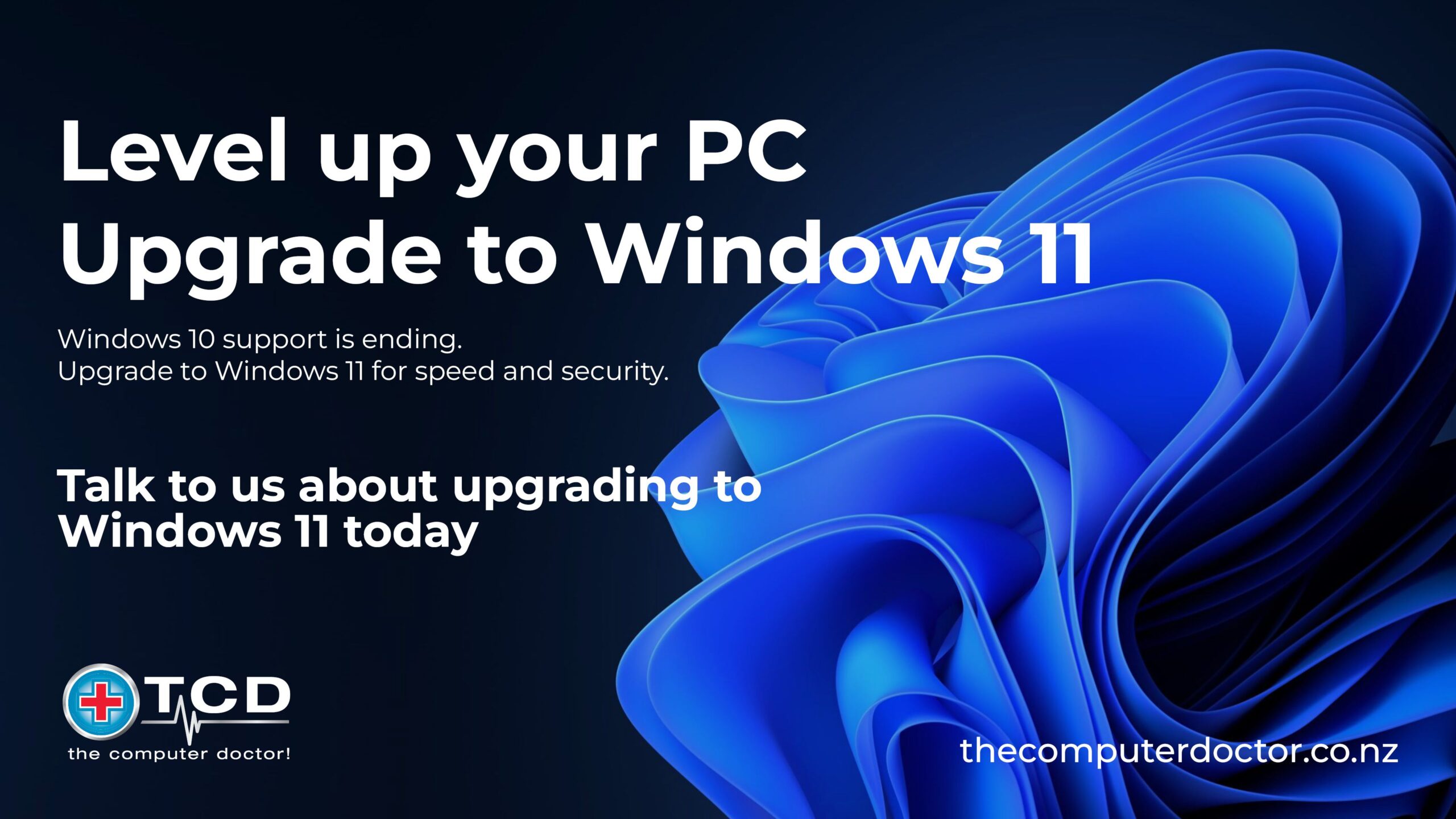WWindows 10 End of Life.
What Users Need to Know
Understanding Windows 10 End of Life
The “end of life” (EOL) for Windows 10 refers to the official date when Microsoft will stop supporting this operating system. This milestone is important for all users, as it signals the end of updates, bug fixes, and critical security patches from Microsoft for Windows 10.
Impact of Losing Support
Once support ends, Microsoft will no longer provide updates for Windows 10. As a result, any new vulnerabilities discovered by hackers or researchers will remain unpatched, increasing the risk of malware, viruses, and cyberattacks for computers still running Windows 10.
Key Dates and Ongoing Support
Microsoft has announced that support for Windows 10 will officially end on October 14, 2025. Until that time, users will continue to receive monthly security updates and technical support. After October 14, 2025, however, using Windows 10 will expose your device and data to new, unaddressed threats.


Compatibility Challenges
In addition to security risks, software and hardware manufacturers may gradually stop offering compatibility for Windows 10. That means newer programs and devices may not work properly, or may not be supported at all, if you continue to use this operating system after its EOL date.
Microsoft’s Recommendation
To stay secure and benefit from new features, Microsoft advises users to upgrade to a supported operating system, such as Windows 11. Upgrading ensures ongoing access to the latest security updates, performance improvements, and new technologies.
Considerations for Organisations
For organisations, planning a transition away from Windows 10 is essential to maintain compliance, protect data security, and ensure productivity. It is recommended to start evaluating hardware compatibility with Windows 11 and to consider employee training and IT support needs for a smooth migration.
